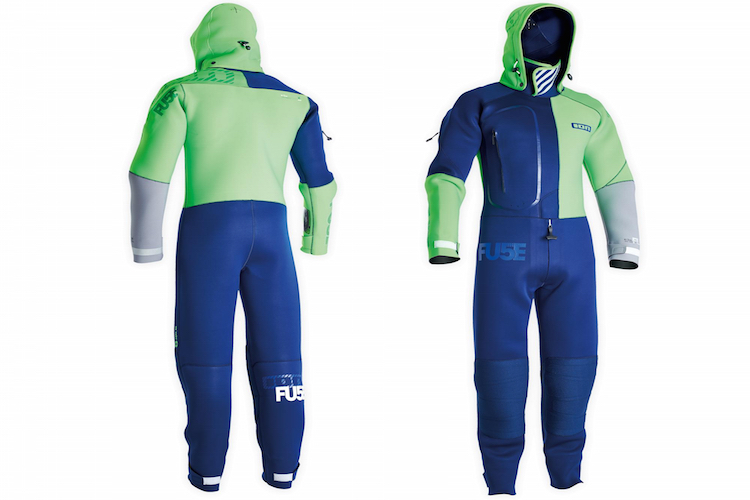Surfers, divers, kayakers, and watermen, in general, have asked the question. We'll try to explain. And it is quite easy to understand the difference between wetsuits and drysuits. It's all in their names.
Water temperature is the main reason you should get a drysuit instead of a wetsuit.
A drysuit is made from layers of insulating synthetic materials (neoprene and nylon might be included) that will prevent the user from making contact with the water.
Its waterproof seals and zippers will protect the wearer from very low air and water temperatures, i.e., weather conditions below 50 °F (10 °C).
In a drysuit, your body will never touch the water at all.
Surfing with Drysuits
At this point, cold water surfers are asking why shouldn't they be wearing drysuits?
Well, the problem is that a drysuit will certainly restrict and limit movement. And you don't want to feel like a statue on a surfboard.
Drysuits are more often used by boaters, harbor workers, rescue teams, recreational divers, and military divers.
A wetsuit works rather differently. It lets water in, even if you're wearing a 10-millimeter model.
Wetsuits are usually made of neoprene, a material that provides excellent insulation and flexibility to the wearer.
They're not waterproof, but that is not their goal.
Surfers should only consider getting a drysuit if they feel their daily wetsuit is not enough.
Nevertheless, keep in mind that drysuits are more expensive, more complicated to don, and heavier. Are you comfortable enough?
Are you a cold water surfer? Avoid hypothermia, and get your boots, hoods, and gloves for wintertime surf.
Discover the best wetsuits in the world.
